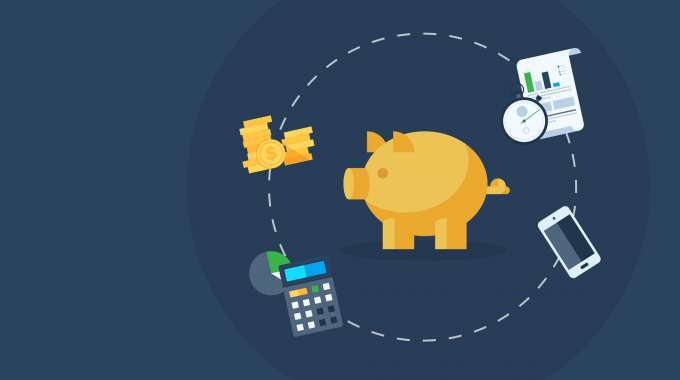
Decoding Your Credit History: How to Understand the Account Ratings on Your Credit Report
Lenders use codes on your credit report to show credit bureaus how you pay back debt. The code shows what kind of credit you’re using when you make payments.
What Does a Credit Report Contain?
Credit reports are used by financial institutions to show how responsible a person is borrowing money and paying it back. Your credit report contains financial information like what kind of credit you use, how often you make payments, if you’ve ever been a victim of financial fraud, collection agency remarks, inquiries from lenders who have requested your report, financial instances that resulted in bankruptcy and any court decisions against you that relates to credit.
In addition to general credit information, your credit report contains details about how you use credit. For example: when you opened your credit accounts, how much money you owe, how frequently you pay back creditors, if you have any missed payments and if you’ve ever been over your credit limit.
A credit report is one of the main tools that lenders use to see if you’re responsible enough to borrow money. As your credit score is seen by lenders as an accurate judgement of your financial health, it’s a good idea to be comfortable assessing your credit report. Credit reporting agencies, Equifax and TransUnion, rate a person’s credit score between 300 – 900 based on the borrower’s financial history. A low score indicates a potential risk for lenders.
According to Huffington Post, the average Canadian has a credit score around 600, and numbers that fall at or over 700 are considered very good. However, when looking at your credit report, don’t stop at your credit score. There are other numbers documented that are just as important...
What Are Account Ratings on a Credit Report?
Credit reporting agencies can include your credit history for up to 7 years. Credit agencies typically rate the items on your report with a scale of 1-9. These numbers are a part of a code that sit next to your line of credit on a credit report, and they show lenders how trustworthy you are at paying back debt.
The number “1” suggests that you always pay your bills within 30 days of the due date, whereas the number “9” shows creditors that you were unsuccessful paying your bill. The number “9” can also mean that you’ve filed for a consumer proposal for payback assistance.
You’ll notice that there are letters on your credit report too, which come before the numbers 1-9. These letters on your credit report stand for the type of credit that is on your report. Here’s what they mean:
“I”: Installment Credit on your credit report shows lenders your financial history for an installment loan. These kinds of loans are repaid in fixed amounts, like a car loan.
“O”: Open Status Credit means that you have a line of credit open where you borrow money up until a limit is reached. The balance for these loans are due at the end of each period, like a student loan.
“M”: Mortgage Loan
“R”: Revolving or Recurring Credit allows you to make regular payments on varying amounts depending on the balance of your account. You can borrow money up to your credit limit, like a credit card.
According to the Canadian Bankers Association, there are 68.5 million Visa and Mastercard cards in circulation in Canada. Considering this fact, it’s no surprise that the most frequently used rating on credit reports in Canada is “R”. The “R” rating has its own coding system. If you see any of the following “R” ratings on your credit report, here’s how lenders read it:

A credit file is started when a person receives their first form of credit. For a lot of Canadians, this might mean opening a revolving credit account (ex. credit card) or installment credit (ex. student line of credit). Having a low credit score or poor credit history can have serious impacts on your life. The first step to credit recovery is understanding how your credit report represents your financial behaviour and fixing wherever you see a low account rating on your report.
If you currently borrow money and have never checked your credit report before, you might not be familiar with how a credit report is formatted – for fresh eyes, it’s not always easy to understand. We suggest requesting a copy of your credit report from one of Canada’s two major credit bureaus, Equifax Canada and TransUnion Canada .
If you need financial help paying back debt, contact Canada Drives today to see how we can help!







